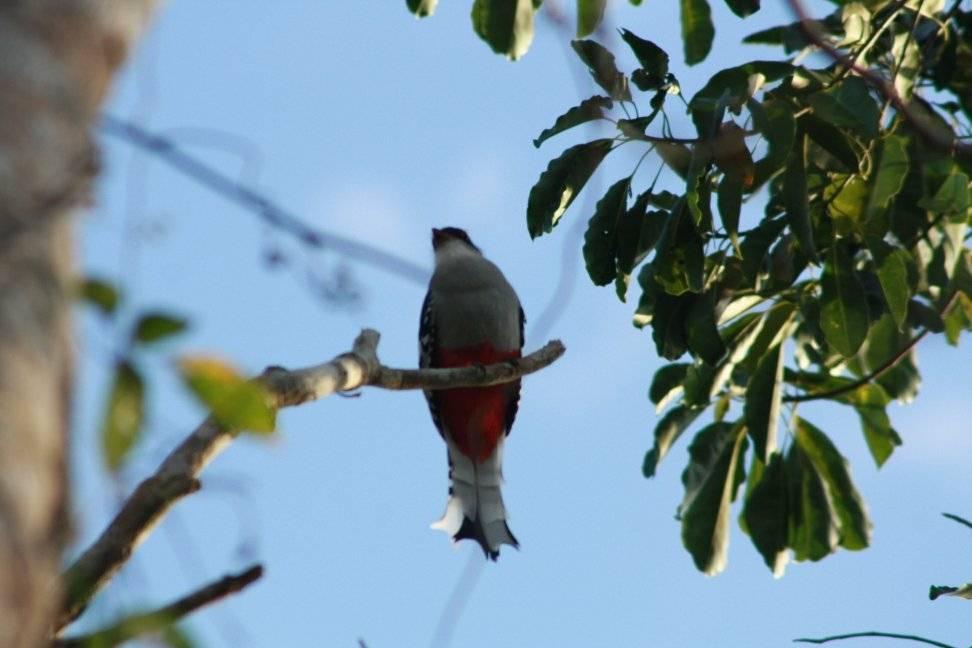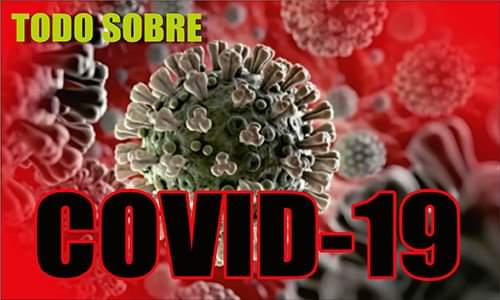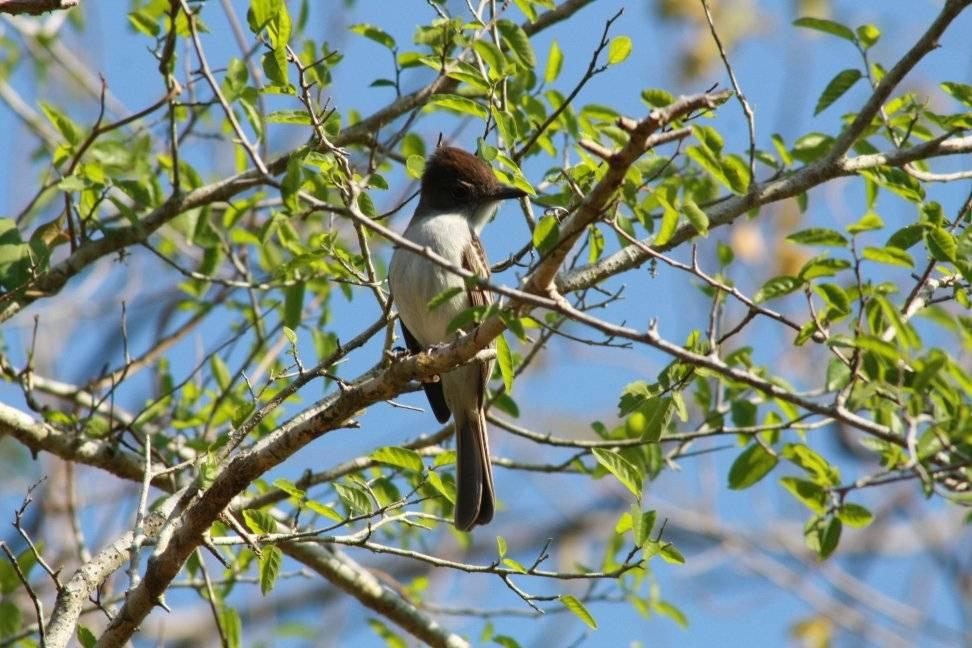
Several conservation projects are being developed in the managed flower reserve of local significance San Miguel del Junco, belonging to the municipality of Amancio, in the south of the province of Las Tunas and administered for six years by the Agroforestry Company.
"Amancio, Las Tunas - In this context, different actions have been undertaken that favor the recovery of the environment, the increase of specimens of endangered species of flora and fauna and the education of new generations and residents in the surrounding area.
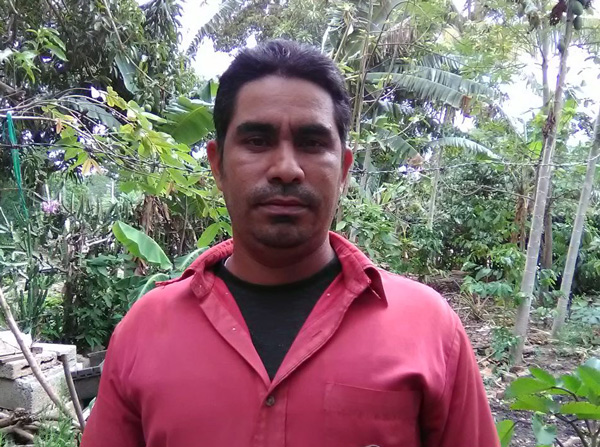 Denier Ramón Figueredo Ríos is the main Conservation specialist and is proud of the faunistic, natural, and ecological values of the area, which exceeds 5,700 hectares and is located in the southwestern part of the territory, on the border with the province of Camagüey.
Denier Ramón Figueredo Ríos is the main Conservation specialist and is proud of the faunistic, natural, and ecological values of the area, which exceeds 5,700 hectares and is located in the southwestern part of the territory, on the border with the province of Camagüey.
"We are 47 workers and our work is focused on seven protection and surveillance projects, restoration of degraded ecosystems, and environmental education and outreach. Also, in the study and monitoring of threatened flora, forest birds, and fauna of the Rabihorcado key, in addition to the restoration of the ecosystem in that place.
"We give special priority to the protection of the guana, Hildegardia cubensis, a species threatened with extinction, and therefore we collect seeds to reproduce them in a nursery and then plant them permanently in the forest. Also, other plants such as the bulletwood, false mastic, and Florida fishpoison tree are being studied."
Another fundamental task in the area is the prevention of forest fires, which have not occurred since 2015 thanks to the maintenance of the firebreak trails and greater control of possible outbreaks during the months of intense drought.
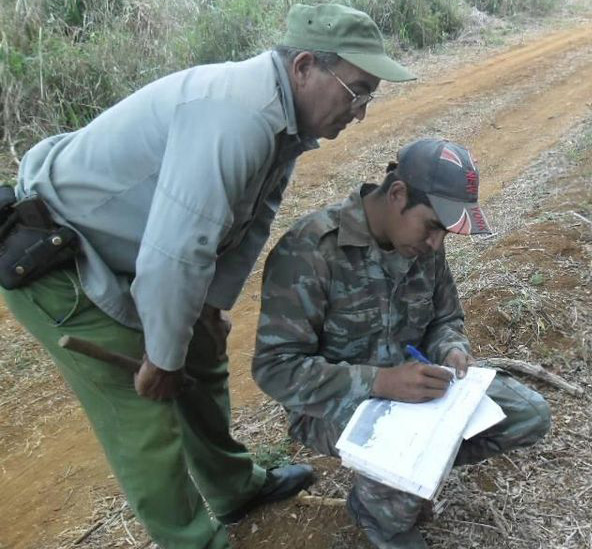 "The trail was widened from six to 10 meters, and that has helped a lot. Fires start in neighboring areas and reach the forest, but with the immediate action of the different factors, they are quickly put out and do not cause damage."
"The trail was widened from six to 10 meters, and that has helped a lot. Fires start in neighboring areas and reach the forest, but with the immediate action of the different factors, they are quickly put out and do not cause damage."
"This is also possible because of the constant dialogues with the neighbors, to whom we explain how valuable their contribution is to protect the flora, fauna and the environment in general."
In San Miguel del Junco and its adjacent key, Rabihorcado, the systematic presence of some 57 species of birds has been reported - 14 endemic - and the tocororo (Cuban trogon), the Cuban tody, the Cuban pygmy and Cuban bare-legged owls, flamingos, the northern gannet, the yellow-browed woodpecker, and the Fernandina's flicker stand out.
"The operators do a lot to protect these animals. For example, in times of drought, they build artificial drinking troughs and plant fruit trees and grains for food, in addition to recovering palms and trees for nesting.
"We also protect the local flora by confronting invasive exotic species such as the marabou and the wild pineapple. The former is chopped up and charcoal is produced from its remains, which we then commercialize and now we have developed a tool to partially or totally eradicate these plantations."
In different ways, the protected area prevents logging and poaching, the occurrence of fires, and the disappearance of endangered species, a fundamental function of a collective that does not rest, determined to keep this environment beautiful and alive for future generations.
